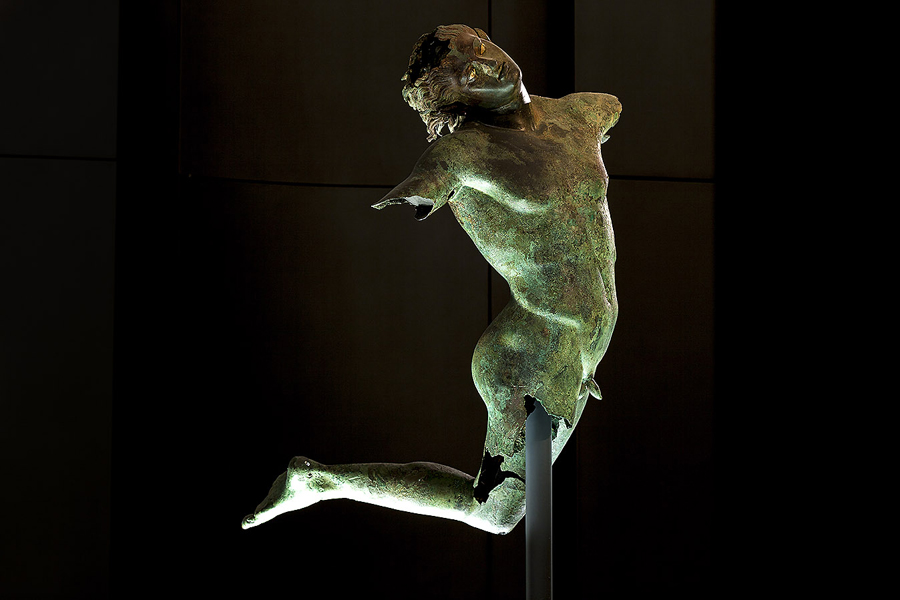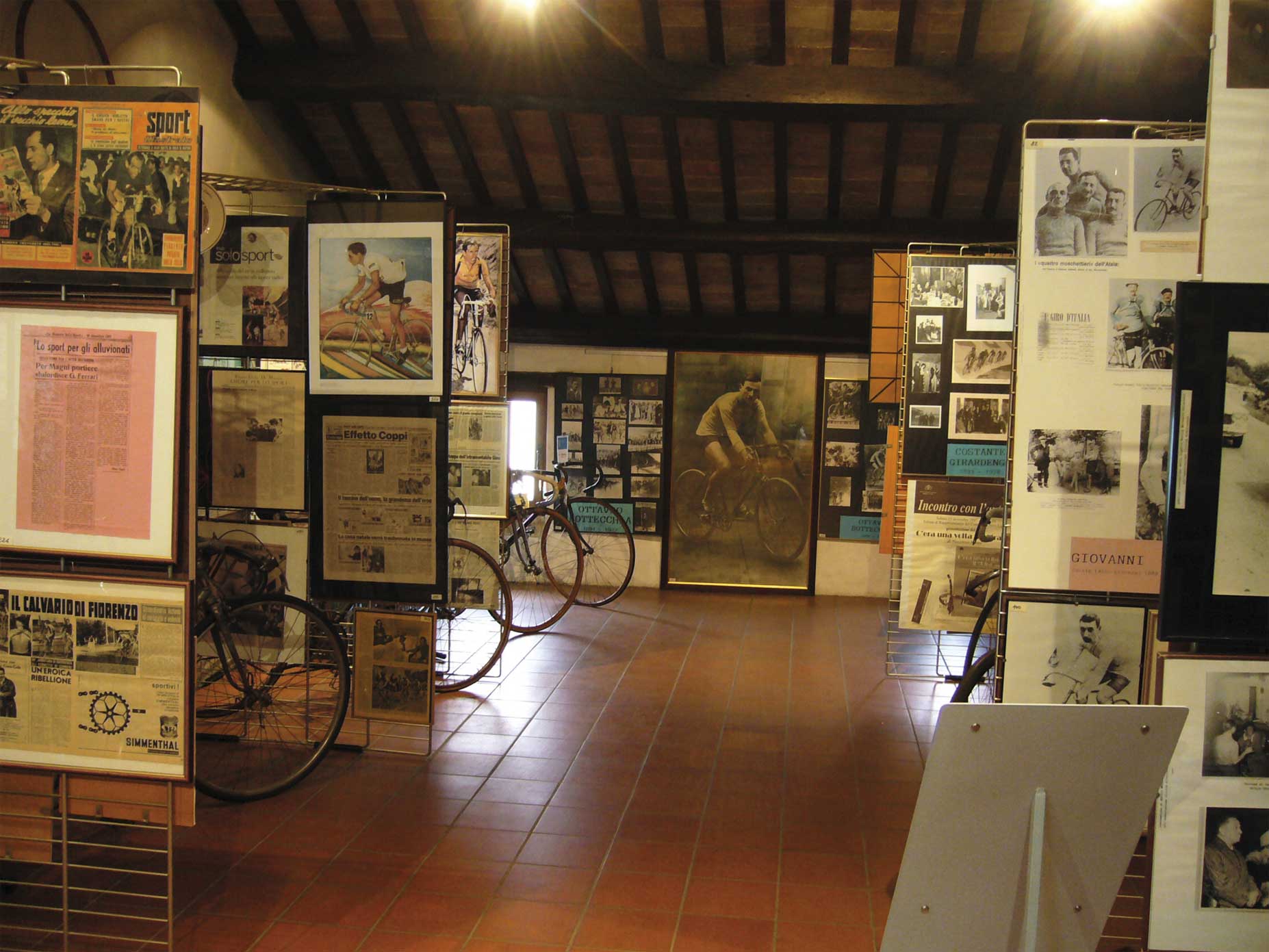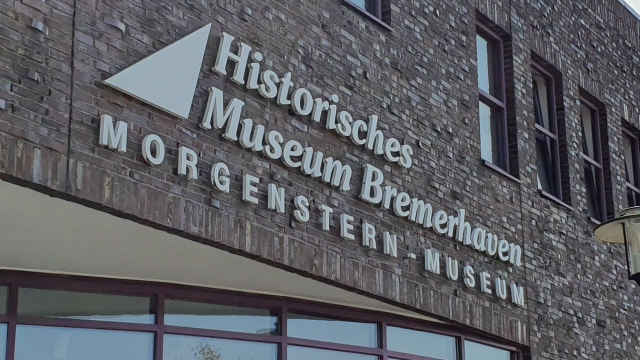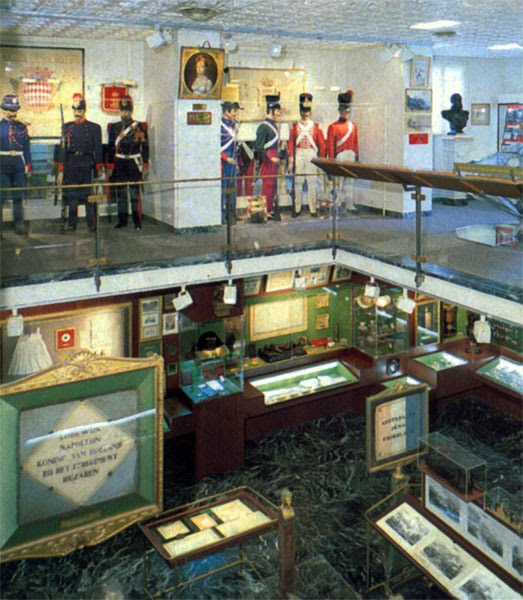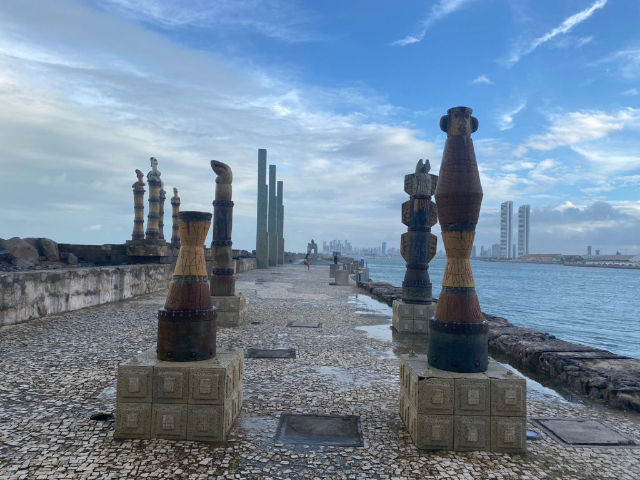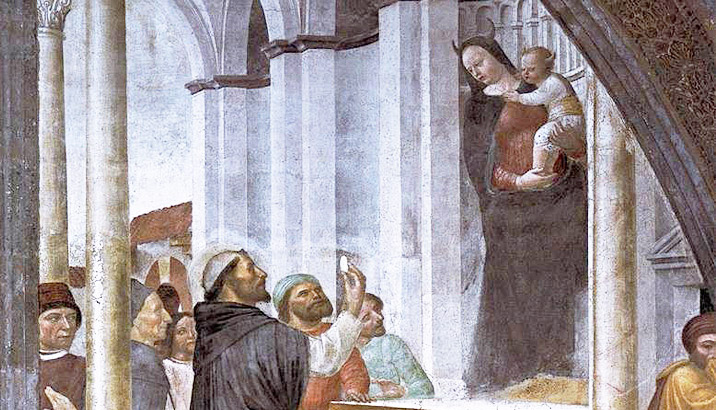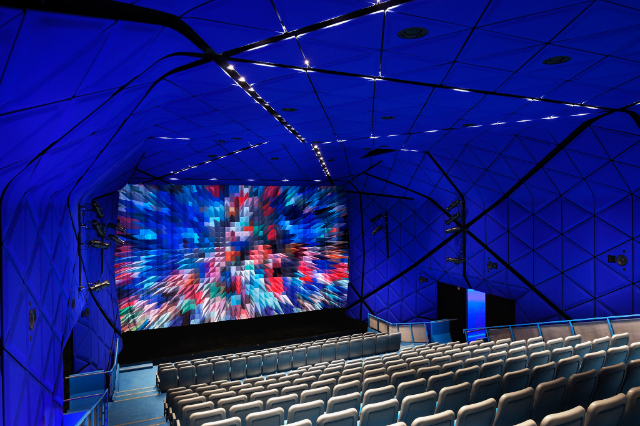The Dancing Satyr of Mazara del Vallo is the emblem of Mediterranean beauty, an example of the submerged heritage recovered in the channel of Sicily.
The precious bronze statue, datable to the end of the 4th century B.C. and attributable to the school of the great artist, Prassitele, is exhibited in the Museum of Sant’Egidio in Mazara del Vallo, a building of great architectural interest: a deconsecrated church that was built between the beginning of 1500 and the end of the same century. It has housed the precious statue since 2005, when at the end of the restoration, carried out by the Central Institute for Restoration in Rome, the Satyr returned to Mazara del Vallo.
The bronze statue was found in two phases: in the spring of 1997 the left leg came to light and on March 4, 1998 the body without the other leg and the arms, both recovered from the Mazzazzo motor fishing boat Captain Ciccio, under the command of Francesco Adragna. It is hypothesized that the statue was part of a cargo of a ship wrecked between Sicily and Cape Bon in a period of great antiquarian trade in antiquity.
The Satyr is caught at the moment of the ecstasy of the orgiastic dance, he rotated on his right leg holding the symbols of the cult, on the left the kantharos (chalice for wine) and on the right the reed of the Tyrrhus adorned with a ribbon and crowned with a pinecone, he wore a panther skin on his shoulder. The abandonment of the head, the flowing hair, the ajar lips, the twisting of the bust make one think of the delirium of the whirling dance, added to the excitement of drinking, in which the dancer went into a trance, fixing the cone on the thyrxus and rotating around himself until he lost consciousness.
The Satyr Museum, in addition to Prassitele’s masterpiece, exhibits finds from the waters of the Sicilian canal, including the bronze fragment of an elephant’s leg from the Punic-Hellenistic period, a bronze cauldron from the Middle Ages, a selection of transport amphorae from the Archaic, Classical, Hellenistic, Punic, Roman and Medieval periods. Also on display are two iron cannons from Torretta Granitola, from which some Corinthian and Ionic capitals come.
